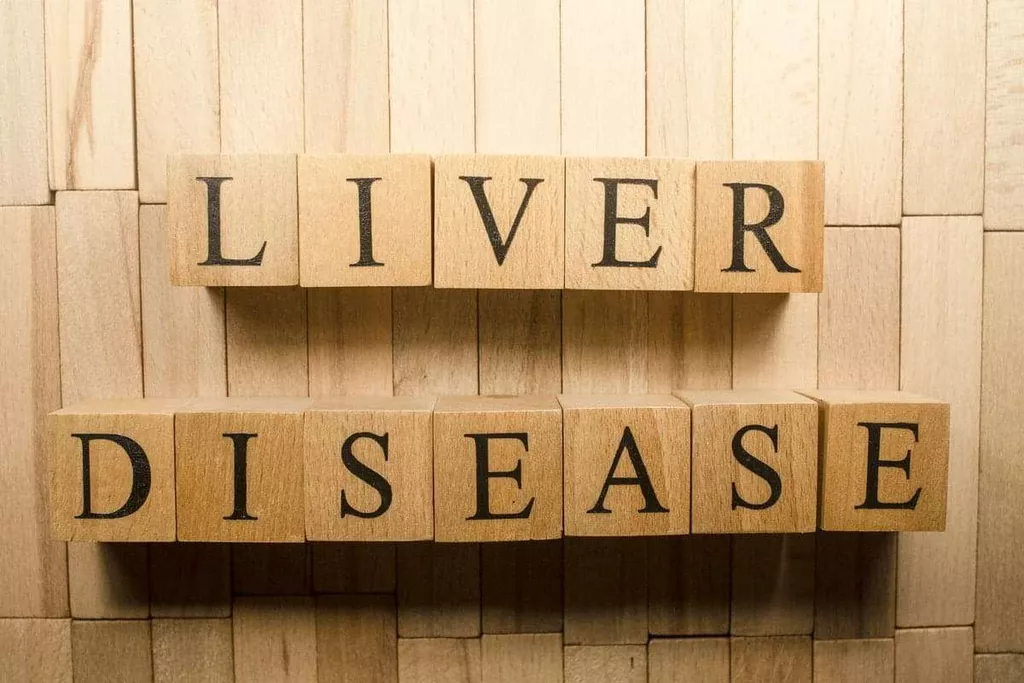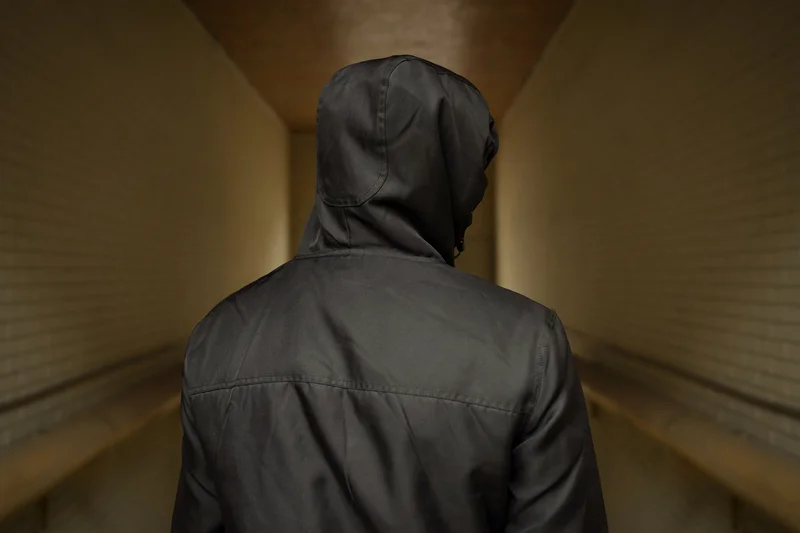
It is a common trigger for people who have migraines, and alcohol can also trigger a headache for some people who don’t otherwise have migraines or headaches. Your overall responses can slow down while you are under the influence of alcohol. This means that it can take a little longer than usual for your brain to recognize what you are seeing, and it can take longer than usual for you to decide what to do about it. Law enforcement officers assess several alcohol-induced changes to the eyes when performing a field sobriety test on a suspected impaired driver.
- Your muscles might not move as effectively while you are under the influence of alcohol.
- Alcohol impairs your ability to focus and can slow down your reaction time, making it difficult to see clearly.
- Like double vision, if your bloodshot eyes do not revert back to normal after a night of drinking, then it might indicate a more serious issue and require medical attention.
- Furthermore, chronic alcohol abuse can lead to nutritional deficiencies that adversely affect your eye health.
- Short-term effects of alcohol on vision clear on their own as you sober up.
Toxic Amblyopia

This slowed communication from the eyes to the brain not only affects how we interpret images, Sobriety but can also set off a myriad of other side effects and even alcohol blindness symptoms. If you’ve had too much to drink, your brain will have trouble communicating with every part of your body, including your eyes. The images your eyes send to the brain won’t be interpreted correctly, or it might take a longer time to process. Intoxication is responsible for short-term effects such as blurred vision. Once a person recovers from intoxication, their vision should return to normal.

Seeking Help for Alcohol Abuse and its Impact on Eye Health
- A driver that has been drinking alcohol cannot adapt as quickly to oncoming headlights.
- It is always best to consult with a healthcare professional for personalized advice on alcohol consumption and its effects on eye health.
- If you’ve been drinking heavily for years, it’s essential to understand that your eyes may be paying the price.
- The doctor can help diagnose an underlying condition and provide appropriate treatment.
- Your vision relies on a few different functions that your brain and eyes carry out, and alcohol impairs more than one of these functions.
- A person may reduce their risk of developing vision issues due to alcohol by limiting their alcohol consumption.
This reduction in peripheral awareness can be particularly dangerous when driving or navigating unfamiliar environments. However, if your double vision doesn’t go away once you have sobered up, it may indicate a more serious issue in the eye. Optic neuropathy can also develop as a result of accidental methanol poisoning. In some cases, methanol poisoning can occur as a result of drinking homemade alcohol or moonshine. For example, many people have occult eye muscle imbalances, but the sober brain can preserve crisp, single vision. Once the person has consumed a little alcohol, the brain relaxes that control and vision problems become apparent.
Understanding ARMD: Age-Related Macular Degeneration
Signs of heart disease include optic neuropathy, atrophy, bleeding in the retina from vascular occlusions, and even hypertensive retinopathy. Liver issues can be detected by the whites of your eyes taking on a yellowish hue, which indicates problems with the liver. Excessive alcohol consumption can interfere with the body’s ability to absorb and utilise essential vitamins, particularly B vitamins.
Long-term alcohol use can exacerbate dry eye symptoms, leading to chronic discomfort and potentially increasing the risk of corneal damage. If someone is suspected of having nystagmus, they will likely undergo a CT scan or an MRI to get a scan of the brain. Often, these rapid eye movements are due to neurological problems in the brain. This neurological condition is another way alcohol can cause eye problems. You may consider first reaching out to a doctor, as they may be able to help determine your medical needs and possibly refer you to treatment centers. You may also be able to find alcohol addiction treatment near you by visiting the SAMHSA treatment locator.

A person can become intoxicated even with moderate drinking and may experience temporary disturbances to their vision. Excessive alcohol consumption can negatively affect the eyes, leading to rapid eye movement, double vision, and potential blindness. Excessive alcohol consumption can lead to a range of eye problems, including blurred vision, difficulty focusing, and even permanent vision loss in severe cases. You may notice that after a night of heavy drinking, your eyes appear bloodshot and tired.

American Addiction Centers and many other companies operate addiction helplines as 24/7 resources for those seeking help. Our compassionate staff stands ready to help answer your questions about alcohol addiction, locate suitable rehab centers, and verify your insurance coverage. Possible short-term problems relating to intoxication include blurry vision, changes in color perception, and light sensitivity. We will set up a plan and treatment options to sustain and improve your vision.
It causes vision loss (temporary or permanent in severe cases), eye pain, and redness. Chronic alcohol abuse can lead to liver can alcohol affect vision disease, cardiovascular issues, and neurological disorders. As you delve deeper into the effects of excessive drinking, it becomes evident that your vision and overall eye health are also at risk. There are many reasons to stop drinking, and damage to vision—whether short- or long-term—is one of them.



